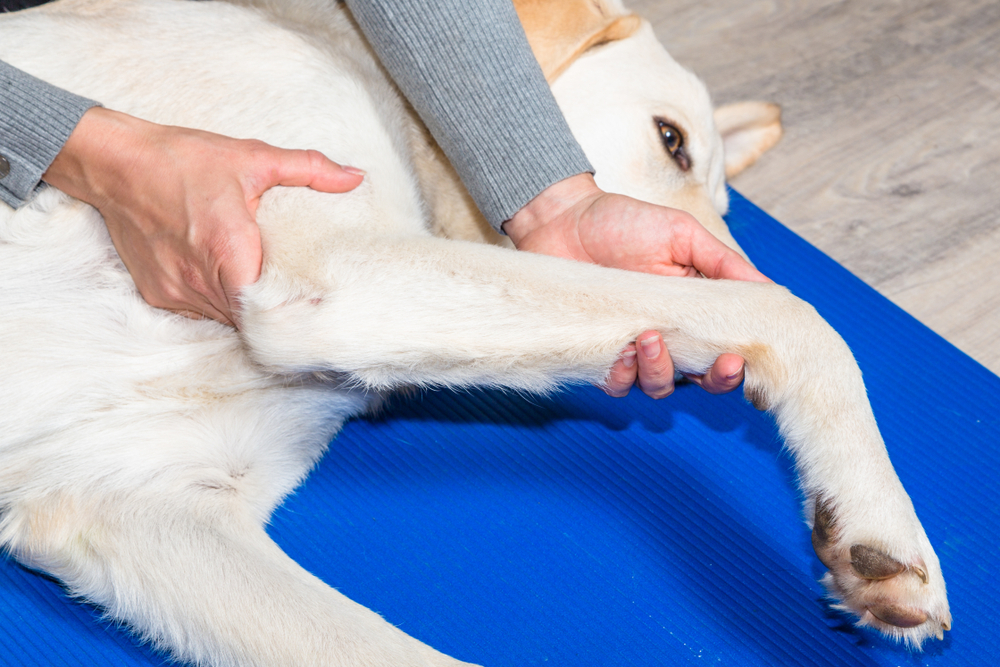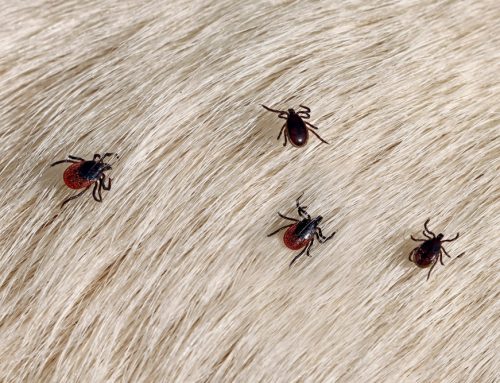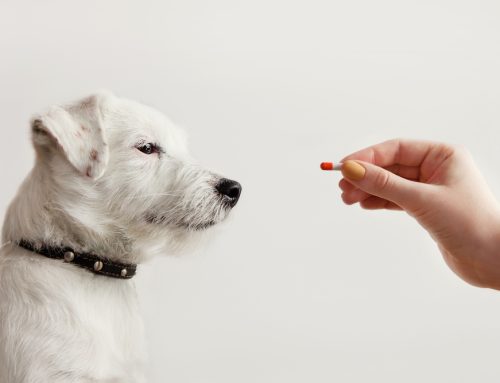Some pets will naturally “slow down” as they mature, preferring to spend more time relaxing near family and less time playing with toys and getting the “zoomies.” Many pets also develop arthritis as they age, which can be another reason behind their decreased activity levels. Determining whether your pet has simply matured, or they are experiencing chronic pain, can be difficult for pet owners. Arthritis signs are often subtle, since pets are programmed to hide pain, but if not identified early, arthritis likely will progress over time and significantly decrease your pet’s quality of life. To keep your pet moving, Best Friends Veterinary Care can help you identify, treat, and slow arthritis progression.
Pet arthritis 101
The word “arthritis” simply describes an inflammatory joint condition. Pets are affected by many arthritis types, some caused by infections, autoimmune disease, or tumors, but most commonly they suffer with osteoarthritis (OA), which refers to the joint tissue breakdown and dysfunction from wear and tear over time. OA results when joints become unstable, bones move abnormally, cartilage tears or wears thin, and bone begins to rub against other bone. The process creates joint inflammation, which further damages tissue and causes pain. Because of the pain and joint instability, pets use the joint less, resulting in weakened supporting muscles, and further deterioration because the joint has no support. OA is a vicious cycle, but intervention can help reverse, stop, or slow the process.
Pet arthritis risk factors
Some pets are more prone to developing OA. Risk factors include:
- Obesity — Excess weight places abnormal stress on joints, which wears them out faster.
- Prior injury — Injuries like ligament tears or fractures can predispose your pet to arthritis development in the affected joint at a younger age than normal.
- Abnormal conformation — Abnormal joints have abnormal mechanics, and the tissues will sustain excess forces that lead to arthritis formation. Common joint abnormalities include angular front limb deformities that are common in short-legged breeds, hip or elbow dysplasia, and luxating patellas.
- Older age — Wear and tear eventually affects all joints, normal and abnormal. Most older pets develop OA at some point.
Pet arthritis identification
The first step toward ensuring your aging pet stays mobile and comfortable is identifying their discomfort. As previously mentioned, pets instinctually hide pain, so early signs can be subtle, and cats’ signs may look different than in dogs. In general, any behavior change can indicate pain, and should prompt a veterinary visit.
Common arthritis signs you may notice in your dog include:
- Trouble rising after resting
- Stiffness that improves with movement
- Reduced activity, appetite, or social time
- Out-of-character snapping or biting
- Noisy or “crunchy” joints (i.e., crepitus)
- Limping or altered gait
Look for the following changes in cats:
- Eliminating outside the litter box
- Hiding or reduced social time
- Reduced appetite
- Overgrooming, especially over joints
- Difficulty jumping
- Changes in interactions with other pets
Some pets with OA may not show signs at all, despite their pain. Annual or biannual wellness examinations are important for these pets, as your veterinarian can identify subtle joint or range-of-motion changes and detect your pet’s pain. X-rays, blood work, and other diagnostics can help to confirm an OA diagnosis and rule out other problems such as tumors or infections.
Pet arthritis treatment and prevention

More than 50% of American pets are overweight, which greatly contributes to arthritis development and progression. Keeping your pet at an ideal weight, or implementing a weight loss program with your veterinarian, are the most important steps to improving your pet’s joint health and mobility. Other treatments that your veterinarian may suggest include:
- Supplements — Joint supplements contain a wide variety of ingredients, including glucosamine, chondroitin, or specific fatty acids, that can be effective for many pets, especially as preventives. Always ask your veterinarian for product recommendations.
- Therapy and rehab — Swimming, water treadmill, land therapy exercises, and massage help with healing, rebuild muscle, and restore function.
- Alternative and complementary therapies — This category includes Chinese herbal medicine, acupuncture, chiropractic, and laser therapies, which have been proven to reduce pain, inflammation, and dysfunction.
- Prescription medications — Pet-specific anti-inflammatories are used to interrupt the inflammatory cycle. Never give your pet over-the-counter medications, as these may be toxic to your pet.
- Stem cell and platelet-rich plasma injections — These cutting-edge therapies, which only specialists at referral centers can perform on an anesthetized patient, use your pet’s own healing factors to regenerate joints.
- Surgery — Pets with abnormal joints or certain injuries may benefit from corrective surgery to reduce or slow arthritis development. A few pets with specific joint concerns may benefit from “salvage” procedures, such as joint reconstructions or total joint replacements, that only specialized veterinary surgeons perform.
Getting older doesn’t have to slow your pet down. If you notice any changes in your pet that could indicate pain or injury, call us to schedule a visit with your Best Friends Veterinary Care team. The sooner we get started with treatment, the faster we can get your pet on the road to recovery.








Leave A Comment